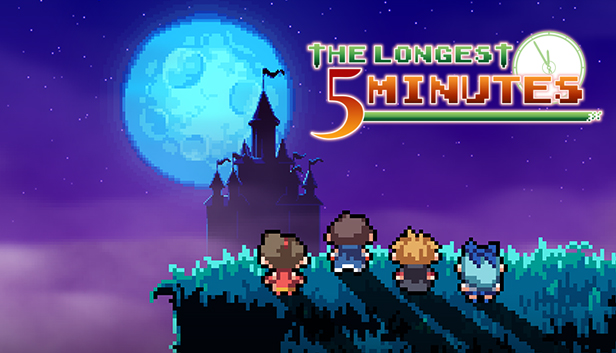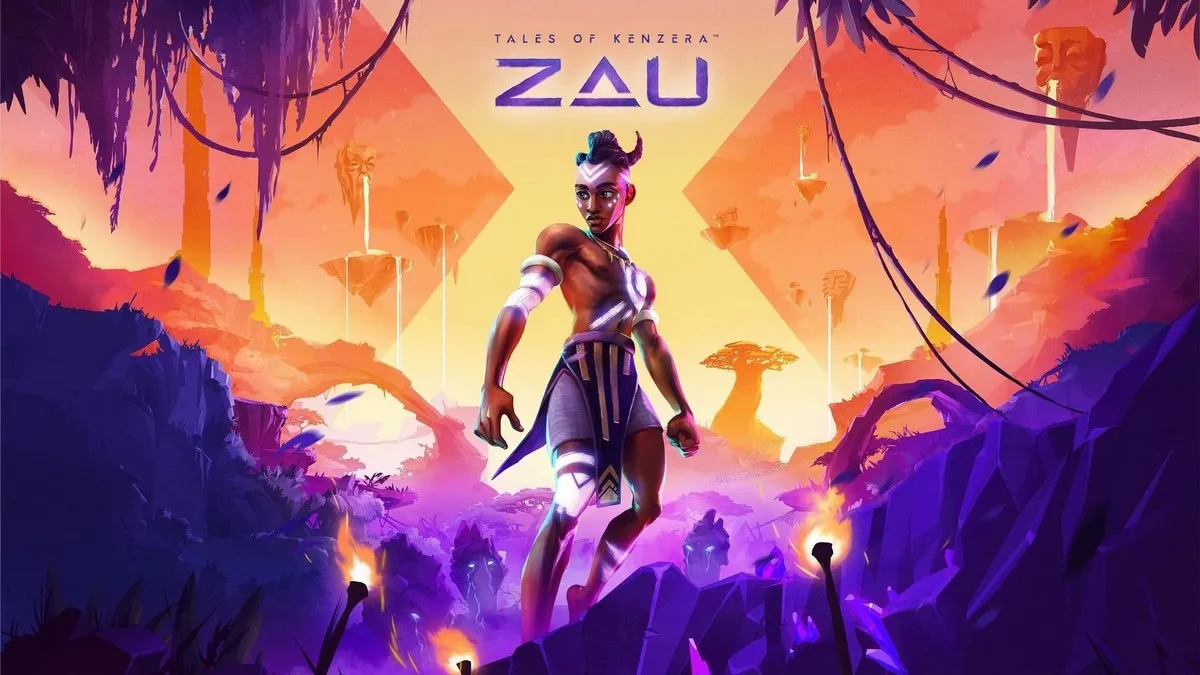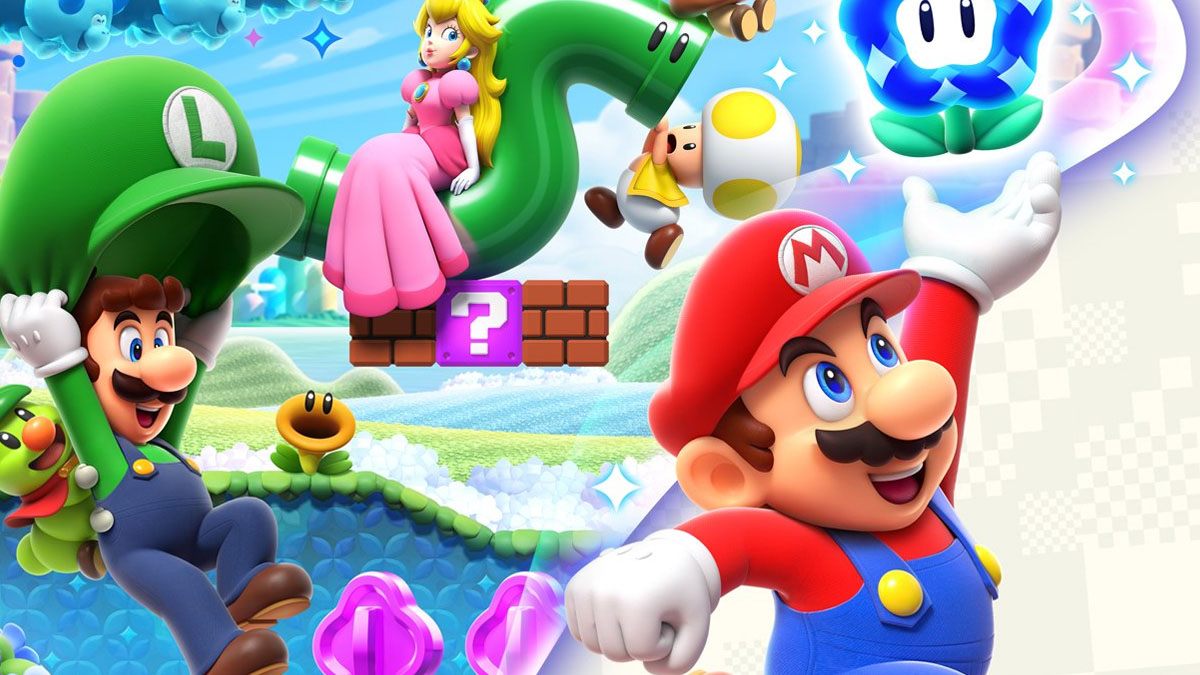The Longest Five Minutes on Nintendo Switch
The amnesiac hero is a long-running trope in JRPGs, something used in countless titles from Final Fantasy to Tales, but what would happen if the hero forgets everything at the end of their journey? This is exactly what The Longest Five Minutes is about, with the hero of the game forgetting everything during the five minute final battle of the game. It’s an interesting take on the JRPG genre and one of the game’s biggest strengths, but ultimately I just found myself wanting more from The Longest Five Minutes, even with what I enjoyed.
The Longest Five Minutes revolves around a young hero named Flash Back. Yes, that’s really his name. As the final battle with the Demon King plays out, Flash starts to remember the steps of his journey and has to uncover the truth. These memories play out like independent little segments of the game, sometimes containing full gameplay, other times just containing a scene.
Interestingly, the bulk of the memories play out as RPG parts having you explore a dungeon or town and completing objectives. Every memory has a group of one to three missions that you can complete, which contains the main objective as well. Completing any optional missions will reward you with more experience for that memory, but instead of strictly gaining levels you’re gaining reexperience. Every memory has an RPG level which is what your party is at, and then your reexperience level gets added on top of that. It’s a fun twist to leveling, but what isn’t as fun is your equipment and item systems. When I say each memory is self-contained, I mean they’re really self-contained. There are choices that affect the story, but your equipment and items are completely separate in each memory.
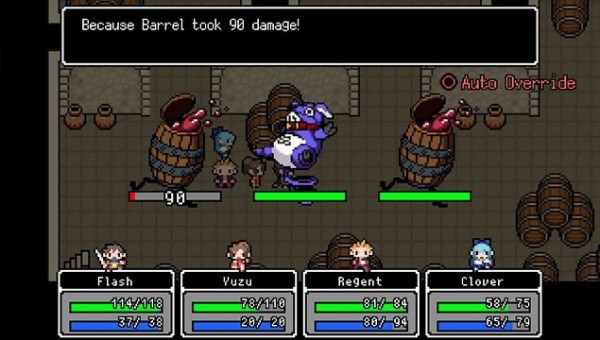
This means all gold, items, and equipment that you collect will not be carried over to the next memory. The game does tell you this, and each memory gives you a sizable amount of gold to spend, but it just seems like an odd choice. In typical JRPG fashion there’s treasure chests littered around each dungeon, but there’s just not much incentive to collect these considering the items inside will just be gone once you beat the memory. I get why this is the case, as you’re simply re-experiencing bits of Flash’s memory, but it kills a lot of the motivation for collecting various items. This is especially true when you factor in the game’s fairly easy combat.
The Longest Five Minutes uses a traditional turn-based combat system, where each of your party members fulfills a specific role like the sword-wielding hero or healer. Battles are pretty much your standard JRPG fare, with you selecting attacks for all your allies and then playing out a turn.
Unfortunately, The Longest Five Minutes never proves to be anything more than easy. Up until some of the final parts of the game, I could pretty much breeze through each and every battle with very little difficulty. On top of that, there’s no real progression outside of stat points when leveling up. Your character’s skills and abilities just kind of change and get added as you progress through the game and get to later memories. This isn’t necessarily a problem, but it certainly makes The Longest Five Minutes feel much more like an RPG-lite rather than a through and through JRPG.
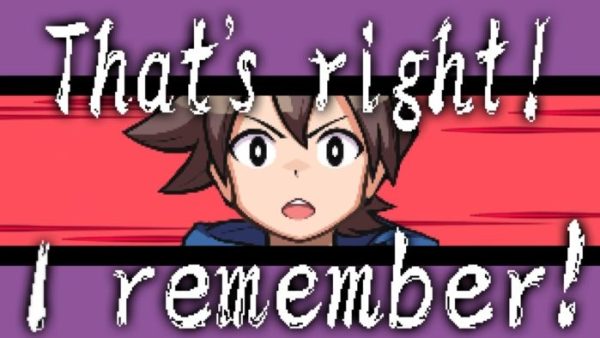
Indeed, this sentiment applies to much of the game for me as the focus is truly on the story and characters. The gameplay systems just don’t take center stage, and they aren’t strong enough to as it is. There is a kind of charm to The Longest Five Minutes that I really enjoyed, an innocence. Despite featuring some dark storytelling, it’s a very lighthearted game and the crux of its main story is focused around childhood friendship. Things start out very rote, but as the game delivers its twists I did find myself enjoying them, and I came to appreciate the relationships between its main cast.
Still, there’s something that feels very by the numbers about the game. It certainly ticks all the boxes for a JRPG. Hot springs scene, check. Casino, check. Mystical goddess, check. Giant tower, check. For much of my time with the game I felt that The Longest Five Minutes was trying to parody the JRPG genre, evidence by cliched story moments or random things like exploring people’s houses only to have the hero barge in on them while changing. The parody element was fun, but I really wanted more.
I absolutely feel like the development team did all this intentionally, but I really would have liked it if The Longest Five Minutes completely leaned into the parody element to the point of ridiculousness. There were good moments, but the story took itself a little too seriously at times. There are choices to make in the story that affect the outcome of things or allow you to view different memories, and there’s three different endings to obtain in the game. At any time you can jump back to previous memories to change your decisions, although this will overwrite your progress. Once you’ve completed the game, however, you can jump back into memories and explore them at will without changing your choices.
The Longest Five Minute’s visual and audio design certainly help it appeal to that classic RPG vibe. The entire game is done in an 8-bit art style, minus some character art. This certainly adds to the game’s charm, and each character is lovingly animated with emotions and expressions. If I had to sum up the game’s art style in one word, it’s cute. The music also appeals to that classic style, though it’s a bit of a mixed bag. A few tunes were far too repetitive and grating, while there were others that I genuinely enjoyed quite a bit.
The Longest Five Minutes certainly has some good, and surprisingly original ideas, but it just never takes them far enough to be something really special. It’s not a bad game by any regards, and it has a lot of charm for fans of the genre, but it just doesn’t do enough to really stand out above the pack. If you don’t go in expecting a deep RPG experience, there’s a fair amount of fun to have.
Score: 3.5/5 – Fair
Pros
| Cons
|
For more information on how we review games, check out Twinfinite’s review policy here.

